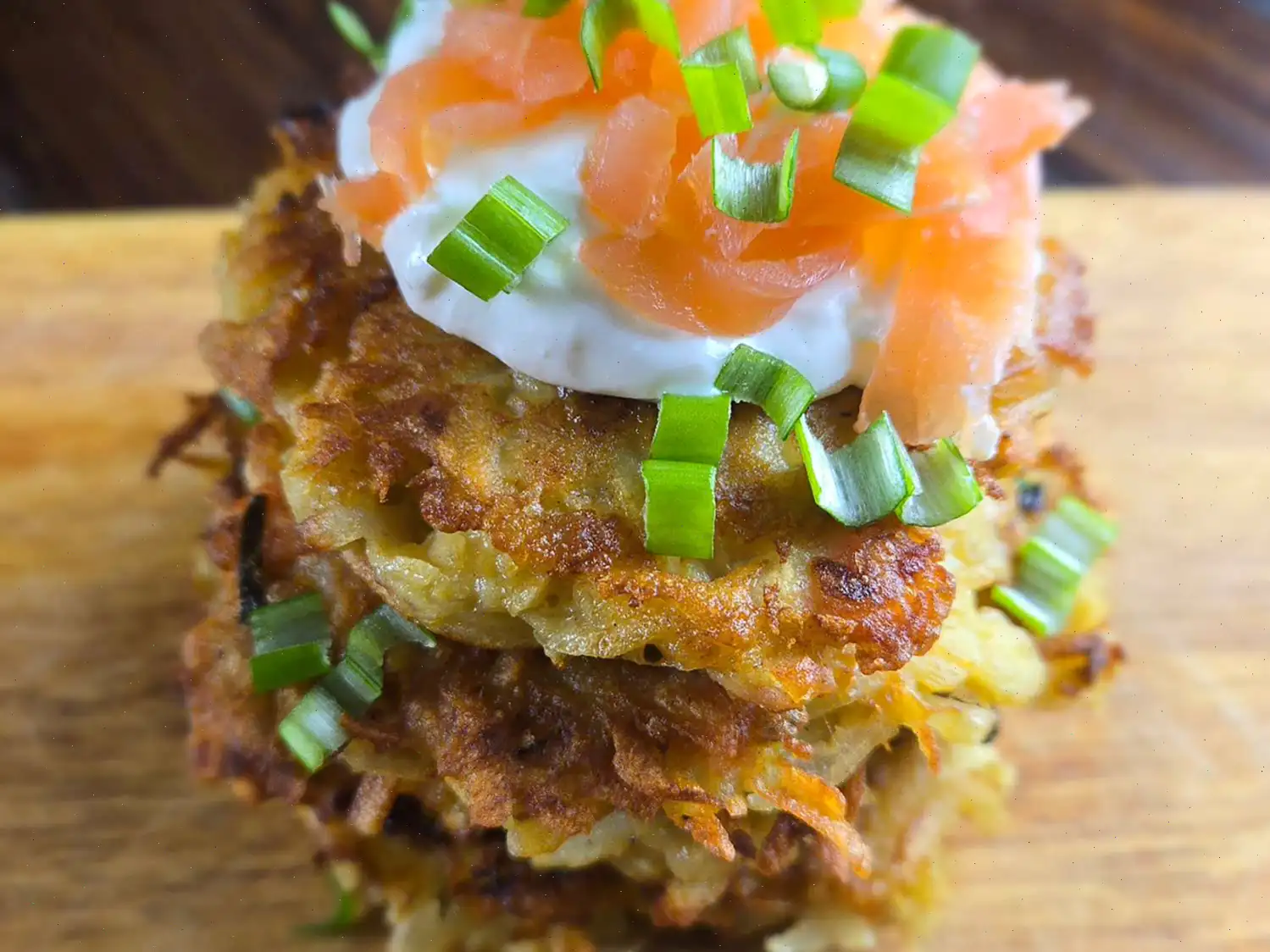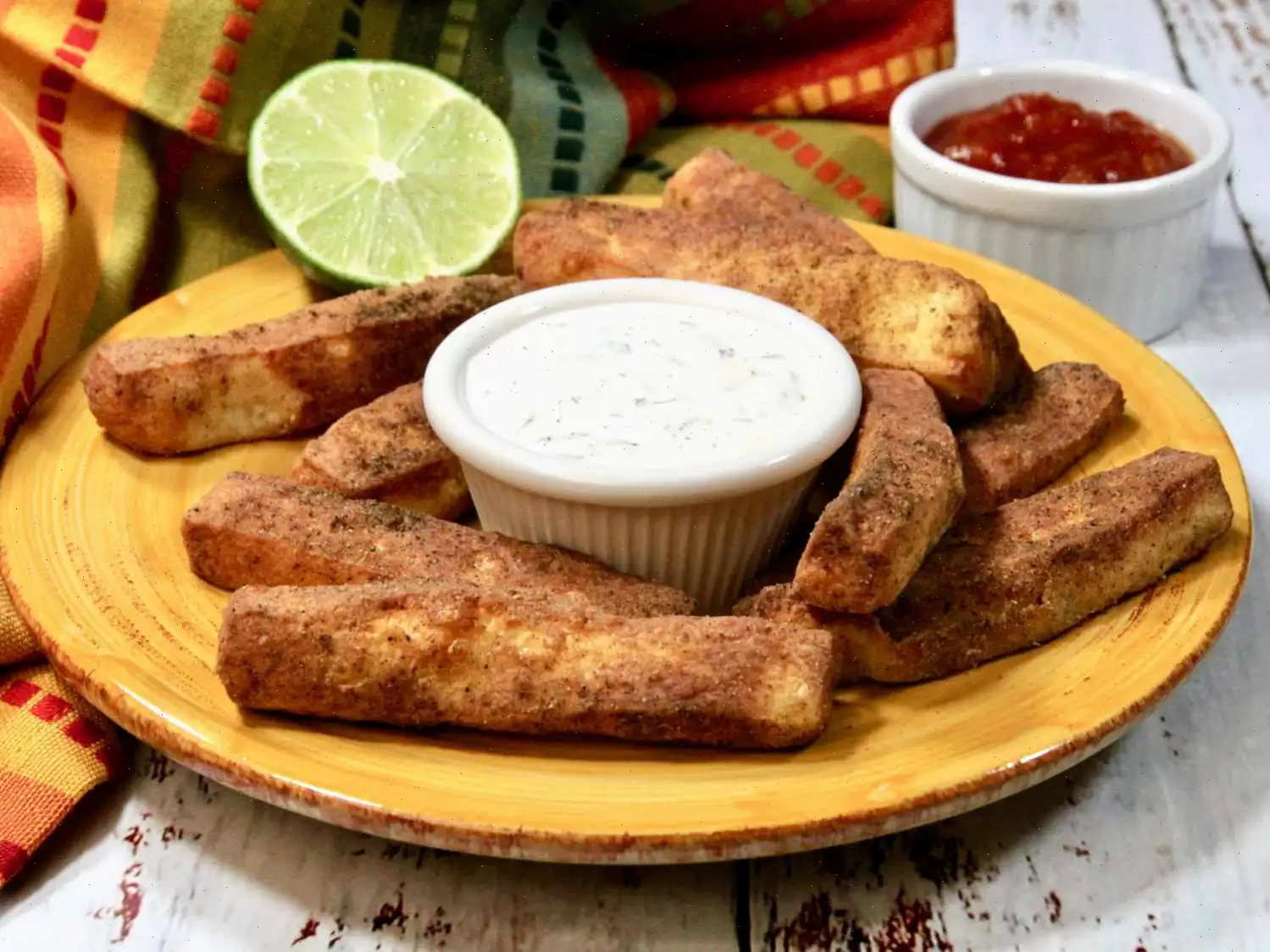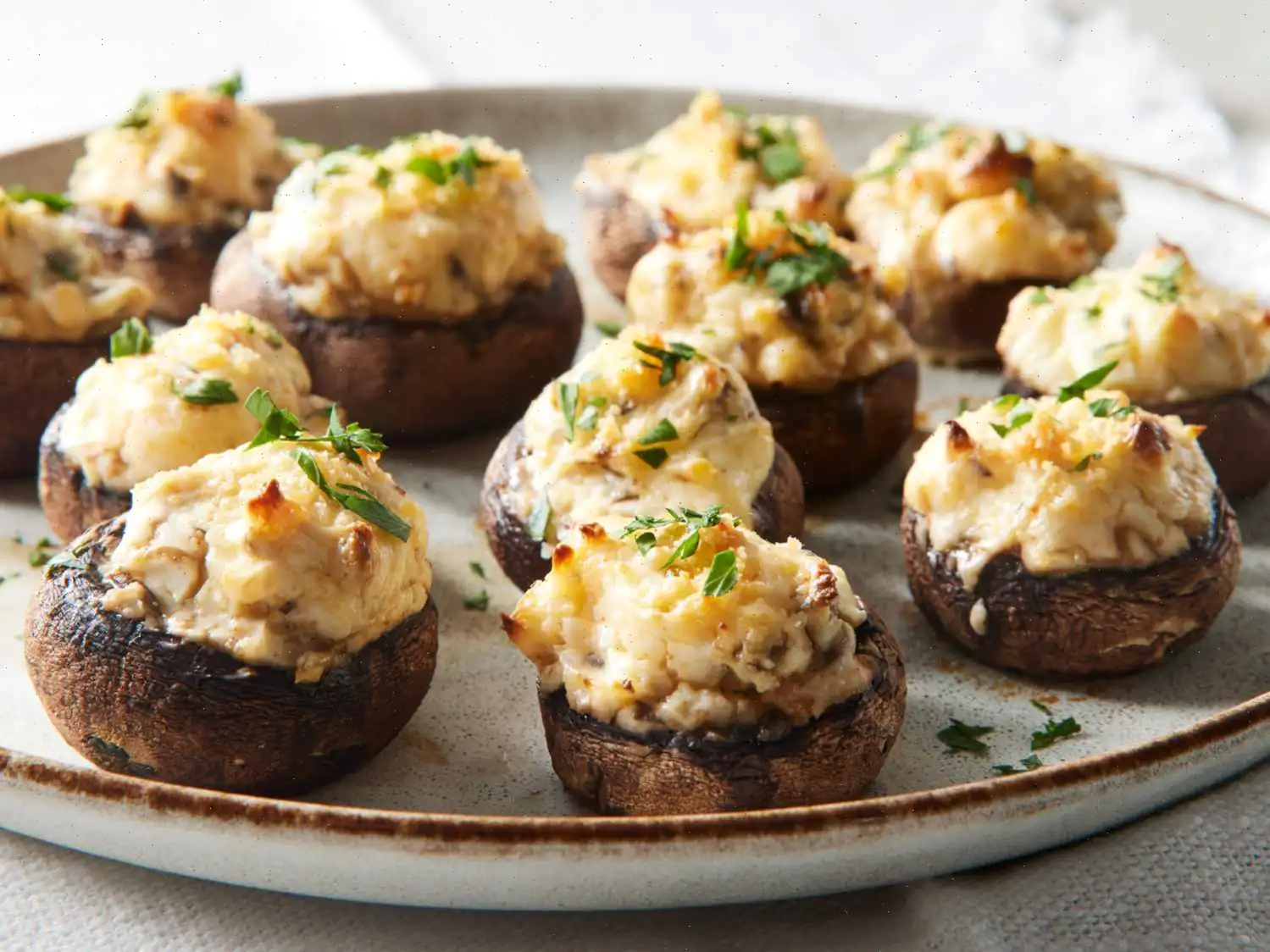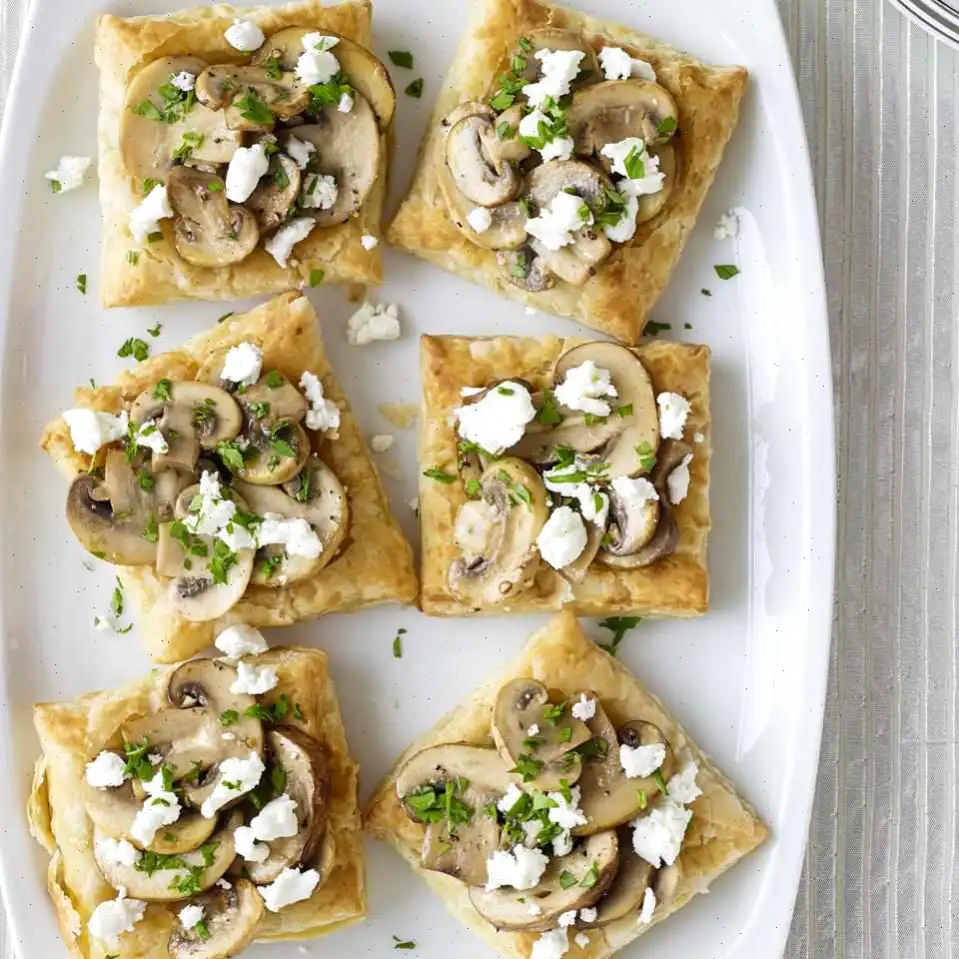
Pork and Apple Meatballs in Bao-Style Buns Recipe
Ingredients
This recipe makes 16 servings. Quantities are for the original yield; cooking times remain the same even if the amount is adjusted.
- 1 large egg, lightly beaten
- 1/3 cup fine dry breadcrumbs
- 2 tablespoons applesauce
- 2 green onions, chopped, plus extra for garnish
- 1 tablespoon low-sodium soy sauce
- 1/4 teaspoon salt
- 1/4 teaspoon ground black pepper
- 1 pound ground pork
- 1/2 cup coarsely shredded apple
- 1/3 cup hoisin sauce
- 1 tablespoon sambal oelek
- 2 teaspoons rice vinegar
- Pizza dough (for bao-style buns, see instructions below)
- Toasted sesame seeds for garnish
Directions
- Preheat your oven to 375F (190C).
- In a large mixing bowl, combine the egg, breadcrumbs, applesauce, chopped green onions, soy sauce, salt, and pepper. Stir until smooth.
- Add the ground pork and shredded apple to the bowl, mixing gently until everything is evenly incorporated.
- Form the mixture into 16 meatballs, about 1 1/2 ounces each. Arrange them on a shallow baking pan lined with foil.
- Bake for 20-25 minutes, or until an instant-read thermometer reads 160F (71C) in the center of the meatballs.
- Meanwhile, whisk together hoisin sauce, sambal oelek, and rice vinegar in a small bowl. Once the meatballs are baked, brush this sauce mixture over them for a glossy finish.
- Serve each meatball inside a freshly steamed bao-style pizza dough bun. Garnish with additional green onions and sesame seeds.
Pizza Dough Bao-Style Buns
- Divide 1 pound of fresh pizza dough into 16 equal portions (about 1 ounce each).
- On a lightly floured surface, roll each portion into a 3-inch round. Brush the tops lightly with 2 tablespoons of toasted sesame oil or coat with cooking spray.
- Fold each round in half and place it on a small square of parchment paper. Cover and let rise for approximately 1 hour, until puffy.
- Fill a 12-inch skillet with 1 inch of water and bring it to a gentle boil over medium-high heat.
- Place half of the buns, still on their parchment, in a steamer basket or bamboo steamer, spaced about 1 inch apart and away from the edges. Set the steamer over the boiling water.
- Lower heat to medium, cover, and steam buns for 10 minutes. Turn off the heat but keep the lid closed for 5 minutes to prevent deflation.
- Transfer the buns to a wire rack to cool. Repeat the steaming process with the remaining buns.
Nutrition Facts (per serving)
- Calories: 186
- Total Fat: 8g (10% DV)
- Saturated Fat: 2g (12% DV)
- Cholesterol: 38mg (13% DV)
- Sodium: 313mg (14% DV)
- Total Carbohydrate: 18g (7% DV)
- Dietary Fiber: 1g (3% DV)
- Total Sugars: 3g
- Protein: 10g (20% DV)
- Vitamin C: 1mg (1% DV)
- Calcium: 20mg (2% DV)
- Iron: 1mg (8% DV)
- Potassium: 157mg (3% DV)
* Percent Daily Values are based on a 2,000 calorie diet. Nutrient values may vary based on ingredient brands and preparation methods.
History of Pork and Apple Meatballs in Bao-Style Buns
The combination of pork and apple in meatballs has roots in European cuisine, particularly in German and Scandinavian traditions, where apples were often added to ground pork for sweetness and moisture. Bao-style buns, on the other hand, originate from Chinese cuisine, with a long history dating back to the Song Dynasty (9601279 AD), when steamed buns filled with meats and vegetables became popular street foods. The fusion of these two culinary traditions reflects the modern trend of combining flavors and techniques from different cultures, creating a dish that is both familiar and innovative.
Regional Characteristics
This dish highlights the blending of American, European, and Asian influences. In the United States, pork and apple combinations are common in comfort foods such as sausages and meatloaf. Bao buns, while traditionally Chinese, have been adapted in Western countries with variations in dough preparation and fillings. The American version often uses pizza dough or enriched bread dough to achieve a soft, fluffy texture while maintaining the classic steamed bun shape.
Differences from Similar Dishes
Unlike classic Chinese bao, which usually contain pork, vegetables, or sweet bean paste, this recipe incorporates apples into the meatballs, introducing a natural sweetness that balances the savory flavors. Compared to traditional Western meatballs, the inclusion of hoisin and sambal oelek adds an umami and mildly spicy dimension. The use of bao-style buns instead of pasta or traditional sandwich bread sets this dish apart as a handheld fusion meal that is visually appealing and texturally distinct.
Where It Is Typically Served
Pork and apple meatballs in bao-style buns are often served at casual gatherings, street food festivals, or as part of a dim sum-inspired menu. They work well as appetizers at dinner parties or as a main course for brunches and lunch menus. The portable, bite-sized nature of the buns makes them ideal for catering events and family-style meals where guests can easily pick and enjoy individual servings.
Interesting Facts
- The sweetness of the apple in the meatballs not only adds flavor but also helps retain moisture, resulting in a juicier meatball.
- Hoisin sauce, a staple in Chinese cuisine, brings a subtle complexity with its mixture of fermented soy, garlic, and spices, perfectly complementing the pork.
- While bao buns are traditionally steamed, modern adaptations often experiment with baking, frying, or even using pizza dough for convenience.
- Green onions and sesame seeds are classic garnishes that provide both visual contrast and enhanced flavor, making each bite aromatic and satisfying.
- This fusion dish exemplifies the global trend of culinary experimentation, where ingredients and techniques from different continents meet to create new taste experiences.








